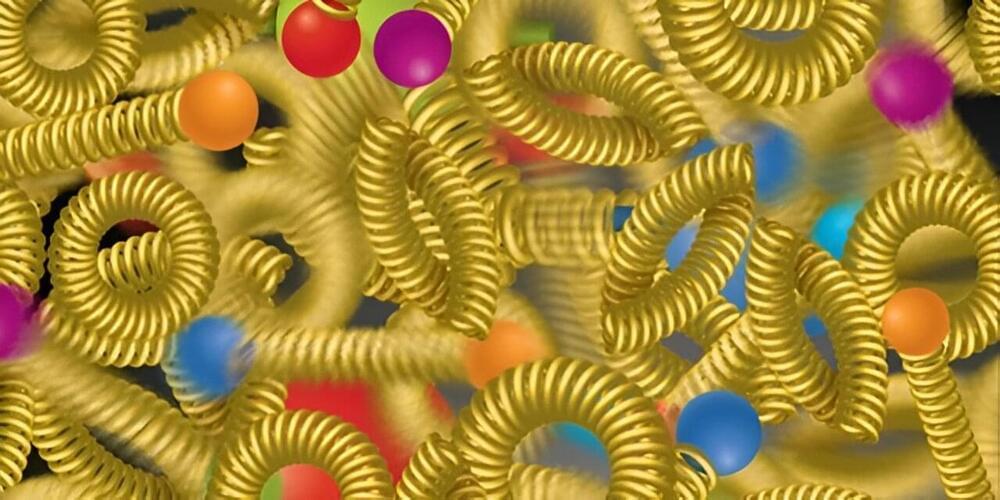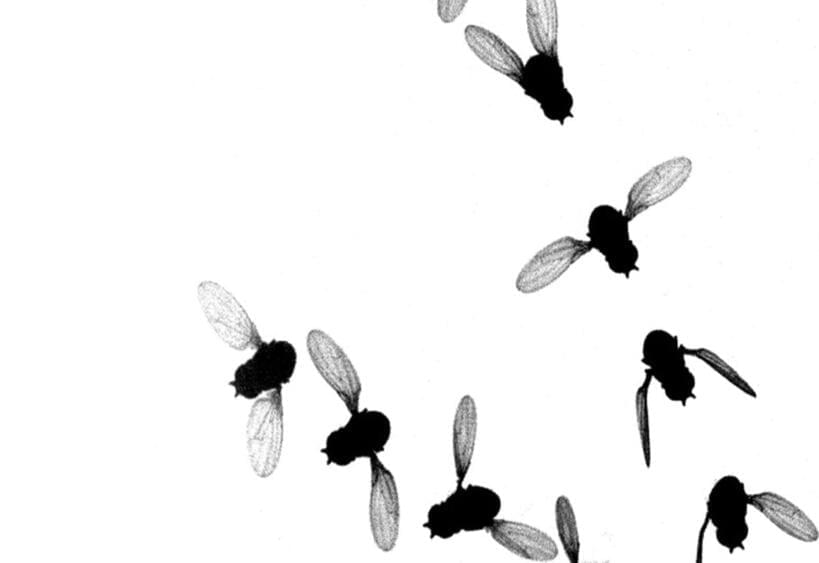Apr 23, 2024
Novel method could explore gluon saturation at the future electron-ion collider
Posted by Saúl Morales Rodriguéz in categories: futurism, particle physics
The U.S. nuclear physics community is preparing to build the electron–ion collider (EIC), a flagship facility for probing the properties of matter and the strong nuclear force that holds matter together. The EIC will allow scientists to study how nucleons (protons and neutrons) arise from the complex interactions of quarks and gluons.


















